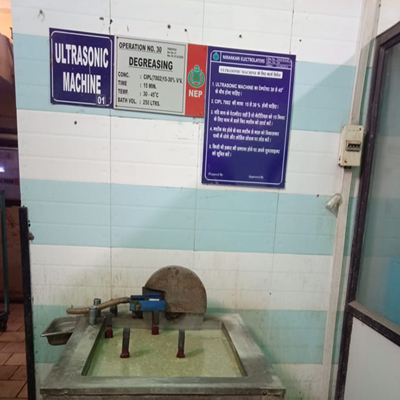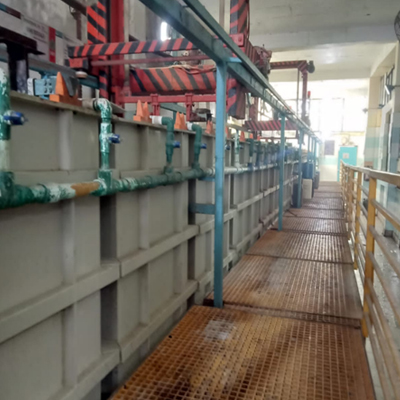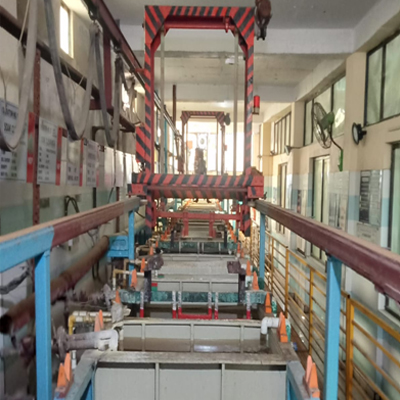Electroless plating is a process which uses an auto-catalytic chemical reaction to deposit a coating onto a wide range of substrates. Components plated in electroless nickel possess an excellent combination of wear resistance, corrosion and chemical resistance.
The majority of ENP Purposes is a nickel phosphorous deposition containing 3 to 14 % phosphorous content.
Higher the phosphorous content greater the corrosion protection.
Key Properties for electroless nickel plating
- Corrosion Resistance
- Wear Resistance
- Uniform Deposit
- Hardness
Typical Applications for electroless nickel plating
- Valves
- Pumps
- Mould tools
- Gears, sprockets and splined shafts
- Electronic components
Why do we use it?
1. Electroless nickel plating actually uses a solution that is a nickel phosphorous alloy and the plating solution composition can be tailored to suit a particular application.
2. High phosphorous electroless nickel offers a pore free barrier coating that protects the underlying substrate form attack and offers outstanding chemical resistance and corrosion protection.
3.Medium phosphorous electroless nickel is used where corrosion resistance is required in combination with wear resistance. The deposit can be post heat treated to provide hardness to a maximum of 1100Hv.
4. Electroless nickel can be applied to wide range of substrates, aluminium and aluminium alloys, copper and copper alloys, ferrous and stainless metals, beryllium copper, zinc and titanium





 Get Expert Advice
Get Expert Advice  enquiries Now
enquiries Now quality Certificate
quality Certificate Achievement
Achievement 

